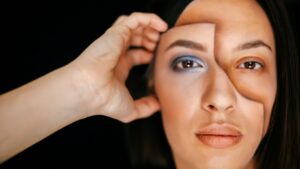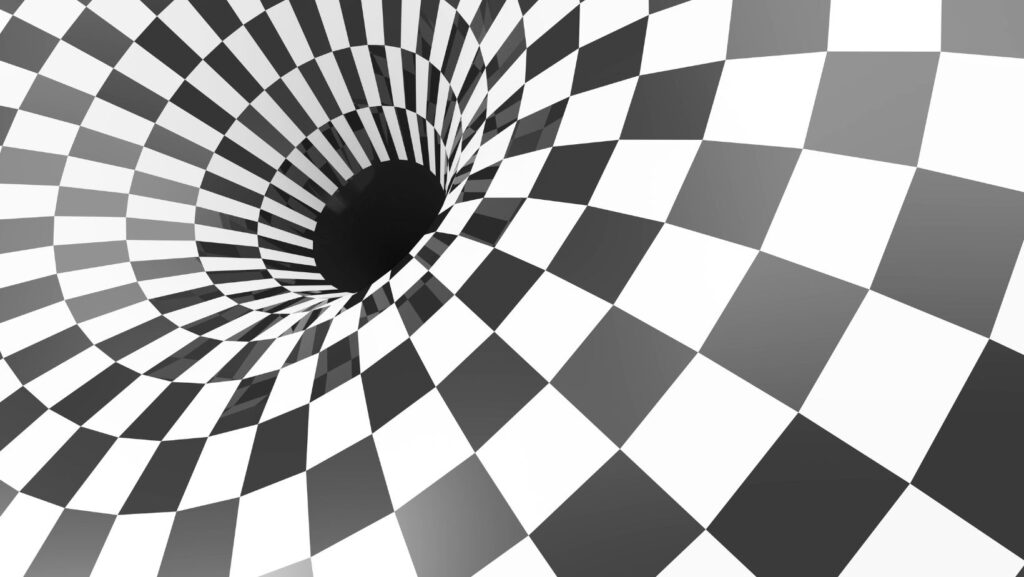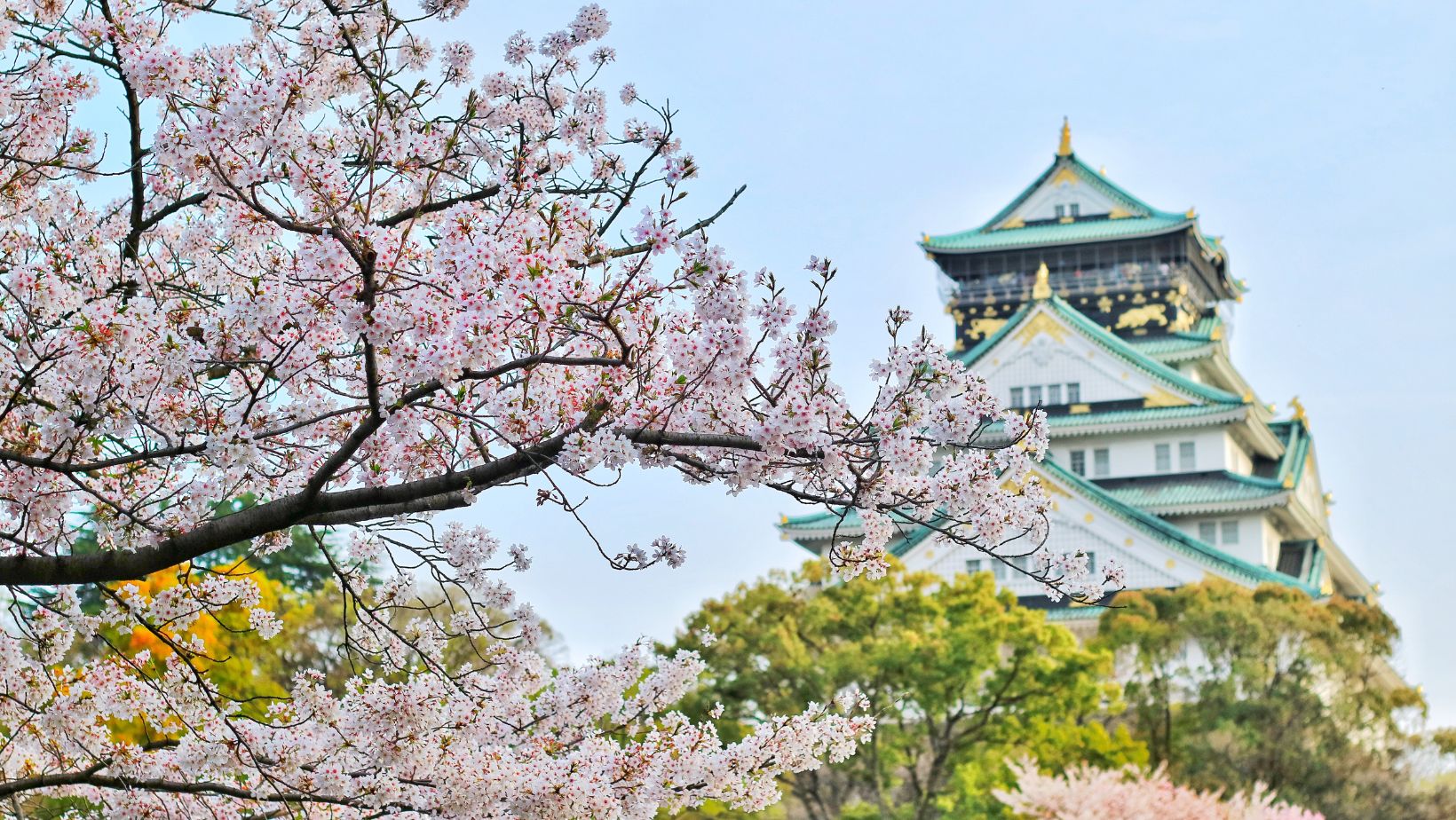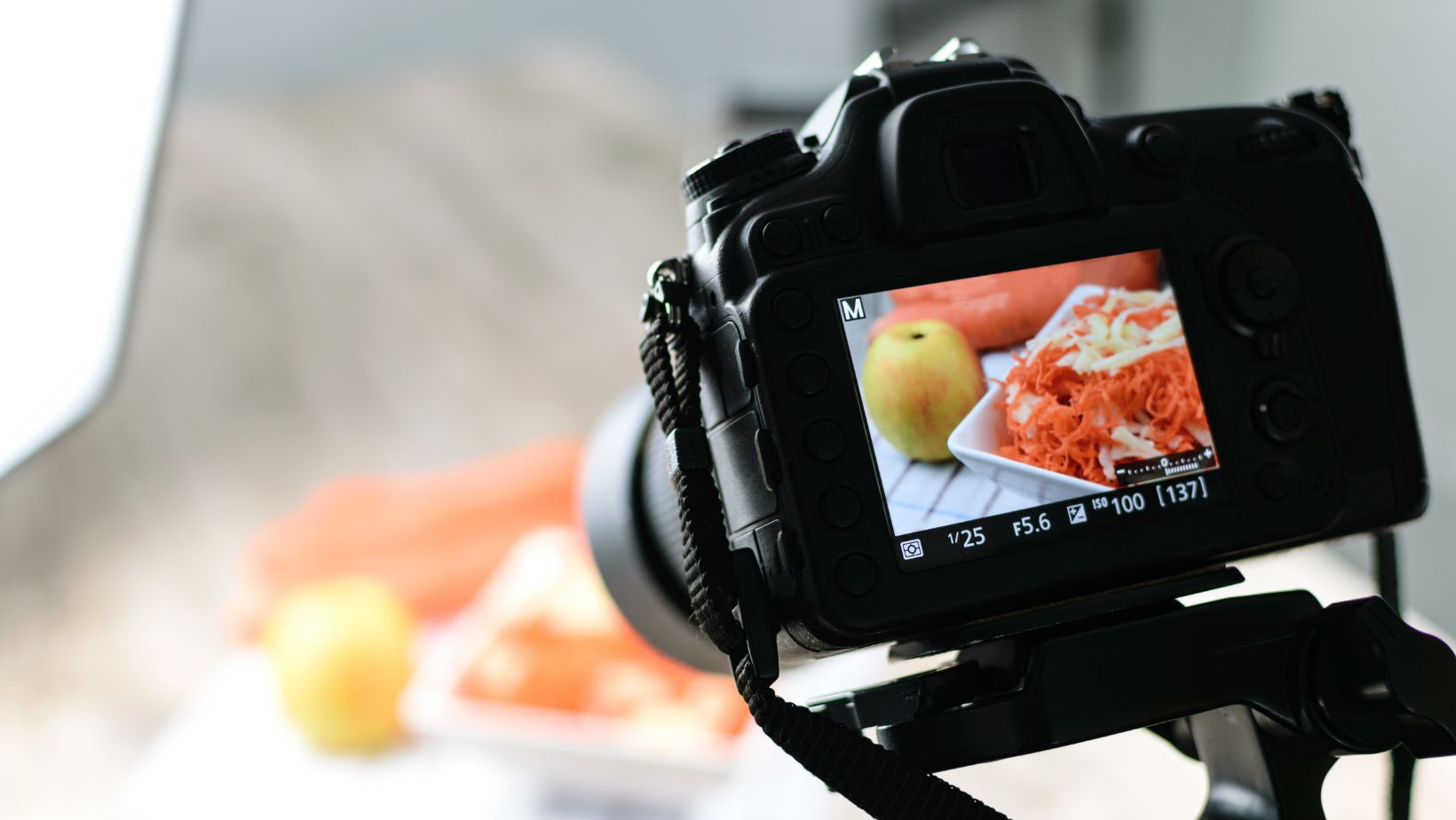Step into the world of optical illusion photography, where reality is twisted, and perception is challenged. This innovative art form merges creativity with technical skill, producing images that captivate and confuse in equal measure. It’s a realm where the ordinary becomes extraordinary, and the impossible seems plausible.
Whether you’re a seasoned photographer or a curious novice, the allure of optical illusion photography is hard to resist. It’s a journey into the unknown, a test of your abilities, and a chance to see the world from a unique perspective.
Optical Illusion Photography
Optical illusion photography, a captivating form of art, ties together creative imagination and technical skill.
The Science Behind the Magic
 In the heart of optical illusion photography lies the science of visual perception. Our brain interprets the images our eyes capture, shaping our interpretation of reality. But, optical illusion photography disrupts this process. It manipulates visual signals, giving birth to images that confuse and fascinate. For instance, consider forced perspective photography. Here, photographers arrange objects and the camera angle to create scenes with dramatically distorted proportions. A common example is a person appearing to hold up the Leaning Tower of Pisa in a photograph. It’s an illusion crafted through clever positioning and camera angle, demonstrating the fascinating interplay of science and art in optical illusion photography.
In the heart of optical illusion photography lies the science of visual perception. Our brain interprets the images our eyes capture, shaping our interpretation of reality. But, optical illusion photography disrupts this process. It manipulates visual signals, giving birth to images that confuse and fascinate. For instance, consider forced perspective photography. Here, photographers arrange objects and the camera angle to create scenes with dramatically distorted proportions. A common example is a person appearing to hold up the Leaning Tower of Pisa in a photograph. It’s an illusion crafted through clever positioning and camera angle, demonstrating the fascinating interplay of science and art in optical illusion photography.
Types of Optical Illusions in Photography
Two popular types of illusions in photography are the aforementioned forced perspective and the intriguing phenomena of pareidolia.
- Forced perspective, as mentioned, plays with the positioning of objects and the camera angle to distort perception of proportions and scale. Photographers use this technique to make objects seem larger, smaller, nearer, or farther than they actually are. This style is widely seen in travel and adventure photographs.
- Pareidolia, on the other hand, activates the pattern recognition abilities of our brain. It draws out familiar images in unrelated objects or scenes. An example would be finding figures in clouds or seeing a face on a grilled cheese sandwich.
Optical illusion photography, through the artistic manipulation of these phenomena, translates ordinary visuals into extraordinary interpretational experiences. It not only brings to the front science and art’s compelling partnership, but also unfolds a new perspective of viewing everyday realities.
Essential Techniques in Creating Optical Illusions
In optical illusion photography, a variety of techniques ensure the delivery of captivating, surreal imagery. Playing with perspectives, mastering forced perspective photography, and creatively using reflections constitute some of these essential techniques.
Playing with Perspectives
Manipulating perspective is an inventive method in optical illusion photography. This endeavor involves bending, shifting, or altering viewpoints to create an alternative reality. By altering scale, juxtaposing elements, and using unusual viewing angles, photographers transform simple scenes into mind-bending visual puzzles. For instance, narrowing down the field of view, they might produce a photo of a person seeming to “pinch” a tower or “hold” a bunch of clouds in their hand.
Using Reflections for Surreal Effects
Reflections offer a fascinating technique for creating surrealist effects in optical illusion photography. They can distort reality, give rise to doubles, and create a mesmerizing interplay between real and reflected images. Placing a mirror in a landscape, for example, can create a surreal illusion of a floating object, turning an ordinary scene into a mysterious new reality. As a versatile tool, the use of reflections paves the way for intriguing and visually stunning photographic compositions.
Equipment Needed for Optical Illusion Photography
Optical illusion photography’s allure lies in its ability to bend reality and create uniquely captivating images. It’s a testament to the harmonious  blend of art and science, pushing the boundaries of visual perception. The techniques discussed, such as forced perspective, pareidolia, and the use of reflections, are essential tools in a photographer’s arsenal. They’re not just techniques; they’re a gateway to a world where the ordinary becomes extraordinary.
blend of art and science, pushing the boundaries of visual perception. The techniques discussed, such as forced perspective, pareidolia, and the use of reflections, are essential tools in a photographer’s arsenal. They’re not just techniques; they’re a gateway to a world where the ordinary becomes extraordinary.
But remember, it’s not just about the techniques. A keen eye for detail, a vivid imagination, and technical prowess are equally important. So, as you venture into the realm of optical illusion photography, equip yourself with these skills and watch as your photographs transform into mind-bending masterpieces. It’s a journey that’s as thrilling as the destination, a testament to the transformative power of photography. Get ready to see the world in a whole new light.



